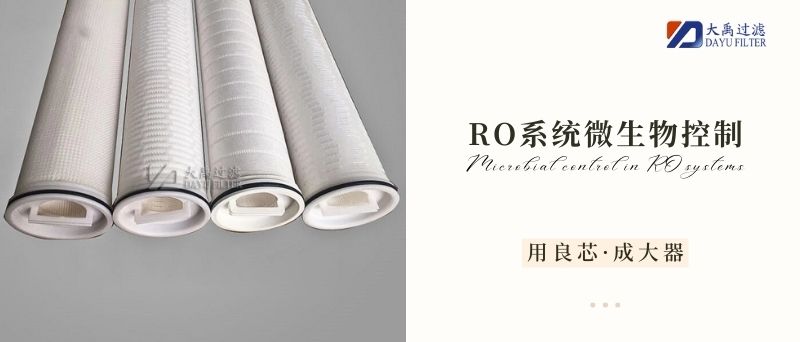- Product
-
- -Natural gas pipelines
- -Water Treatment Cartridge
- -Regulator station pre-module
- -Polymerized separation
- - low concentration gas
- -Solution Cartridge
- -Stainless Steel Active Carbon
- - Aviation Fuel Coalescing Filter
- -Stainless steel sintering
- - Air compressor and dry gas
- -Hydraulic, oil systems
- -Filter
Dayu Filtration Equipment
Dedicated to the development, research and development, production, and sales of filtration technology in the fields of water, gas, and oil, we provide you with professional filtration solutions
About us
I am willing to be your soaring wind, helping customers soar and develop!
Dayu Filtration Equipment
Dedicated to the development, research and development, production, and sales of filtration technology in the fields of water, gas, and oil, we provide you with professional filtration solutions
Product
I am willing to be your soaring wind, helping customers soar and develop!
Dayu Filtration Equipment
Dedicated to the development, research and development, production, and sales of filtration technology in the fields of water, gas, and oil, we provide you with professional filtration solutions
news
I am willing to be your soaring wind, helping customers soar and develop!
Dayu Filtration Equipment
Dedicated to the development, research and development, production, and sales of filtration technology in the fields of water, gas, and oil, we provide you with professional filtration solutions
service
I am willing to be your soaring wind, helping customers soar and develop!
Dayu Filtration Equipment
Dedicated to the development, research and development, production, and sales of filtration technology in the fields of water, gas, and oil, we provide you with professional filtration solutions
contact us
I am willing to be your soaring wind, helping customers soar and develop!




